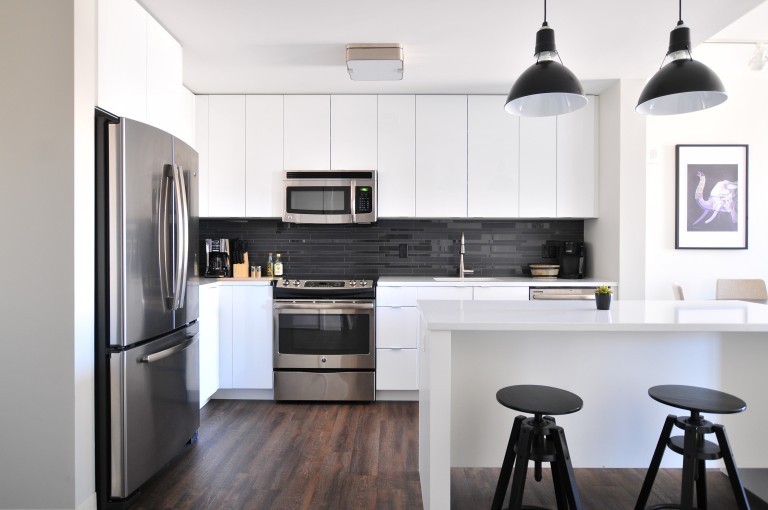By: The Oak Hat Team

Embarking on the journey to homeownership involves careful financial planning and understanding. The purchase of a home represents a significant financial commitment, often the largest one an individual will make in their lifetime. Multiple factors come into play in determining how much house you can truly afford, with elements extending beyond just the listing price. Let's explore some of the main considerations that can provide a more comprehensive perspective on home affordability.
Your income is a primary driver in determining how much house you can afford. It sets the benchmark for your ability to manage and sustain mortgage payments over the long term. Lenders typically look for a debt-to-income (DTI) ratio of 36% or less, including your future mortgage payment. The DTI ratio is your monthly debt payments as a percentage of your gross monthly income. Keeping this ratio low ensures that you can comfortably handle your debt obligations without overextending your budget.
Your credit score, a numerical representation of your creditworthiness, plays a significant role in the mortgage terms you're offered. A higher score generally means a lower interest rate because lenders perceive less risk in lending to you. Lower interest rates can make a home more affordable in the long run as you'll pay less in interest over the life of the loan. It's essential to strive for a healthy credit score to secure the best possible mortgage terms.
The size of your down payment can directly influence your home's affordability. A larger down payment decreases the loan amount, thus reducing your monthly mortgage payments. This, in turn, can make a significant difference in your budget, freeing up money for other expenses or savings. Moreover, if you can put down 20% or more, you may eliminate the need for private mortgage insurance (PMI), a policy that protects lenders against loss if a homeowner defaults on a mortgage. Eliminating this cost further enhances home affordability.
Mortgage interest rates significantly affect affordability. These rates determine how much interest you'll pay over the life of the loan. Even a small rate change can make a big difference in your monthly payment and the overall cost of the loan. For instance, the difference between a 3% and a 4% interest rate on a 30-year mortgage can amount to tens of thousands of dollars over the life of the loan. Therefore, seeking out competitive rates is essential to maximizing affordability.
Affordability isn't just about the mortgage payment. Homeownership comes with an array of other expenses that prospective buyers should take into account. These include homeowners insurance to protect the property, property taxes levied by local government, routine maintenance costs, utilities, and potentially homeowners association (HOA) fees. When budgeting for a home, it's essential to factor in these ongoing costs to avoid financial strain down the line.
Understanding these factors allows for a more accurate picture of what you can truly afford, providing a solid foundation for informed decisions during your home buying journey. It’s about finding a balance between your dream home and maintaining financial stability and peace of mind.